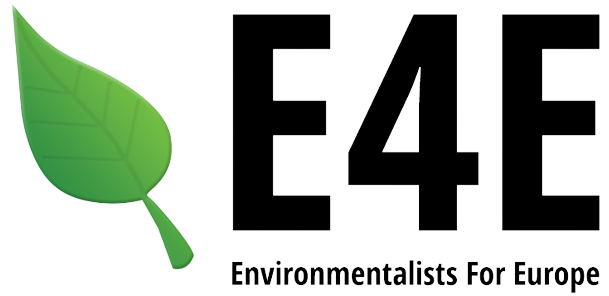What are the types of discrimination in the workplace?
What are the types of discrimination in the workplace?
The EEOC is responsible for protecting you from one type of discrimination – employment discrimination because of your race, color, religion, sex (including pregnancy, gender identity, and sexual orientation), national origin, disability, age (age 40 or older), or genetic information.
What are the 4 different forms of discrimination?
The 4 types of Discrimination
- Direct discrimination.
- Indirect discrimination.
- Harassment.
- Victimisation.
What are the 5 main types of discrimination under the Act?
What are the different types of discrimination?
- Direct discrimination.
- Discrimination arising from disability.
- Indirect discrimination.
- Harassment.
- Victimisation.
- Duty to make reasonable adjustments.
What are examples of indirect discrimination?
An example of indirect discrimination, may be a minimum height requirement for a job where height is not relevant to carry out the role. Such a requirement would likely discriminate disproportionately against women (and some minority ethnic groups) as they are generally shorter than men.
What is Victimisation discrimination?
One form of discrimination is victimisation. This is when someone is treated badly because they complained about workplace discrimination or helped someone who was discriminated against.
What is passive discrimination?
Passive discrimination facilitates rather than impedes employee choice and thus might not be viewed as discrimination per se, even if it results in workplace segregation or means that individuals with protected characteristics who fail to self sort are least likely to value the form of compensation and fringe benefits …
What is indirect harassment?
Indirect sexual harassment occurs when a secondary victim has been offended by the verbal or visual sexual misconduct of another.
What are some examples of indirect discrimination?
This could be indirect discrimination against Gypsies and Travellers because of the protected characteristic of race….Something can be indirect discrimination if it has a worse effect on you because of your:
- age.
- disability.
- gender reassignment.
- marriage or civil partnership.
- race.
- religion or belief.
- sex.
- sexual orientation.
What is active discrimination?
Active discrimination means an act is committed in order to discriminate against a person, whereas in the case of passive discrimination, measures to prevent discrimination have been abandoned.
What are the four types of discrimination in the workplace?
Age Discrimination. I have heard a lot about a law that protects employees over the age of 40.
What are some examples of workplace discrimination?
Examples of discrimination occurring in the workplace can include: Job refusal; Being dismissed or having shifts cut down; Denial of training opportunities, transfers and promotions; Not being paid the same as someone doing the same job with the same experience and qualifications; Exclusion or isolation by co-workers
What are the 7 types of discrimination?
My research shows that biased decision-making, organizational cultures that value similarity, and societal forms of bias and discrimination Institute shows that seven NFL teams have hired only white head coaches. The types of positions Black coaches
What are the most common types of discrimination?
– Retaliation: 39,110 (53.8% of all charges filed) – Sex: 23,532 (32.4%) – Race: 23,976 (33%) – Disability: 24,238 (33.4%) – Age: 15,573 (21.4%) – National Origin: 7,009 (9.6%) – Color: 3,415 (4.7%) – Religion: 2,725 (3.7%) – Equal Pay Act: 1,117 (1.5%) – Genetic Information: 209 (0.3%) 18
